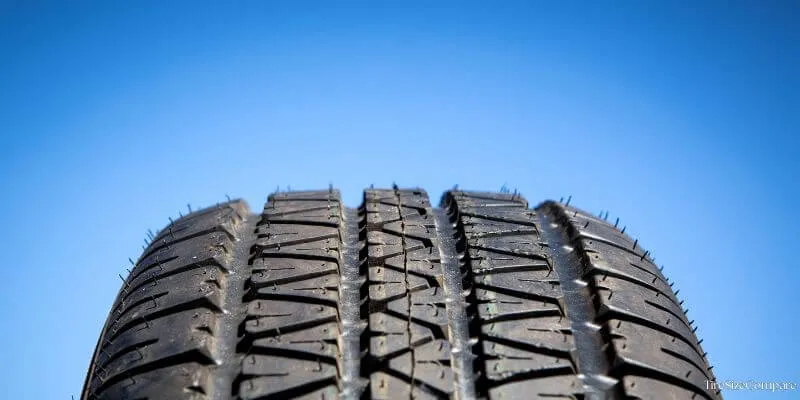Section Width of Tire

The section width of a tire refers to the measurement of the tire’s width from sidewall to sidewall. This dimension is taken at the widest point when the tire is mounted and inflated but not under load.
It’s usually expressed in millimeters and plays a crucial role in determining the tire’s fitment and performance.
Understanding Section Width
The section width of a tire is one of the key dimensions that define its size and shape. When you look at a tire size specification, such as 205/55R16, the first number (205) represents the section width in millimeters. This means the tire is 205 millimeters wide from sidewall to sidewall.
Why is Section Width Important?
The section width of your tire affects several aspects of your driving experience:
Handling
Wider tires generally provide better traction and handling, especially in dry conditions. They have a larger contact patch with the road, which means more rubber is gripping the surface. This can lead to improved cornering and braking performance.
Ride Comfort
Narrower tires tend to provide a smoother ride, as they are more flexible and can absorb bumps and vibrations more effectively. Wider tires, on the other hand, may offer a firmer ride due to their increased stiffness.
Fuel Efficiency
Narrower tires typically have lower rolling resistance, which means they require less energy to propel the vehicle forward. This can lead to better fuel efficiency compared to wider tires.
Aesthetics
Many people choose wider tires for their visual appeal. They can give a car a more aggressive, sporty look and fill out the wheel wells nicely.

How to Measure Section Width
Measuring the section width of a tire involves using a caliper or a tape measure. The measurement should be taken at the widest point of the tire, from one sidewall to the other.
It’s important to ensure that the tire is properly inflated and mounted on a rim that is within the manufacturer’s recommended width range.
Section Width vs. Tread Width
It’s important not to confuse section width with tread width. While section width measures the total width of the tire from sidewall to sidewall, tread width refers to the part of the tire that actually makes contact with the road. Tread width is usually narrower than section width.
How to Find Your Tire’s Section Width
To find your tire’s section width, look for a series of numbers and letters on the sidewall. The section width is the first number in this sequence, typically followed by a slash and another number (which represents the aspect ratio). For example, in a tire sized “225/50R16,” the section width is 225 millimeters.
Choosing the Right Section Width
When selecting tires for your vehicle, it’s essential to choose a section width that is compatible with your car’s make and model. Consult your owner’s manual or tire information placard (usually located on the driver’s side door jamb) for recommended tire sizes.
Keep in mind that while wider tires may offer better performance in some areas, they can also have drawbacks such as increased road noise, reduced fuel efficiency, and a harsher ride quality. It’s important to find a balance that suits your driving needs and preferences.
What happens if I use a tire with a different section width?
Using a tire with a different section width can affect your vehicle’s handling, fuel efficiency, and ride comfort. It’s important to ensure that the new width is compatible with your vehicle and wheel size.

Can I change the section width of my tires?
Yes, you can change the section width, but it’s important to consider the potential impacts on performance and fitment. Always consult with a tire professional before making changes.
Does section width affect tire pressure?
The section width itself does not directly affect tire pressure, but different section widths may require different pressure settings to ensure proper performance and safety.
How do I find the right section width for my vehicle?
The best way to find the right section width is to refer to your vehicle’s owner’s manual or consult with a tire professional. They can recommend the optimal width based on your vehicle’s specifications and your driving needs.
Conclusion
The section width of your tire is a critical factor in determining its performance, comfort, and efficiency. By understanding what section width means and how it affects your driving experience, you can make informed decisions when selecting tires for your vehicle.
Remember to always prioritize safety and compatibility when choosing tire sizes, and consult with a professional if you have any doubts or concerns.


